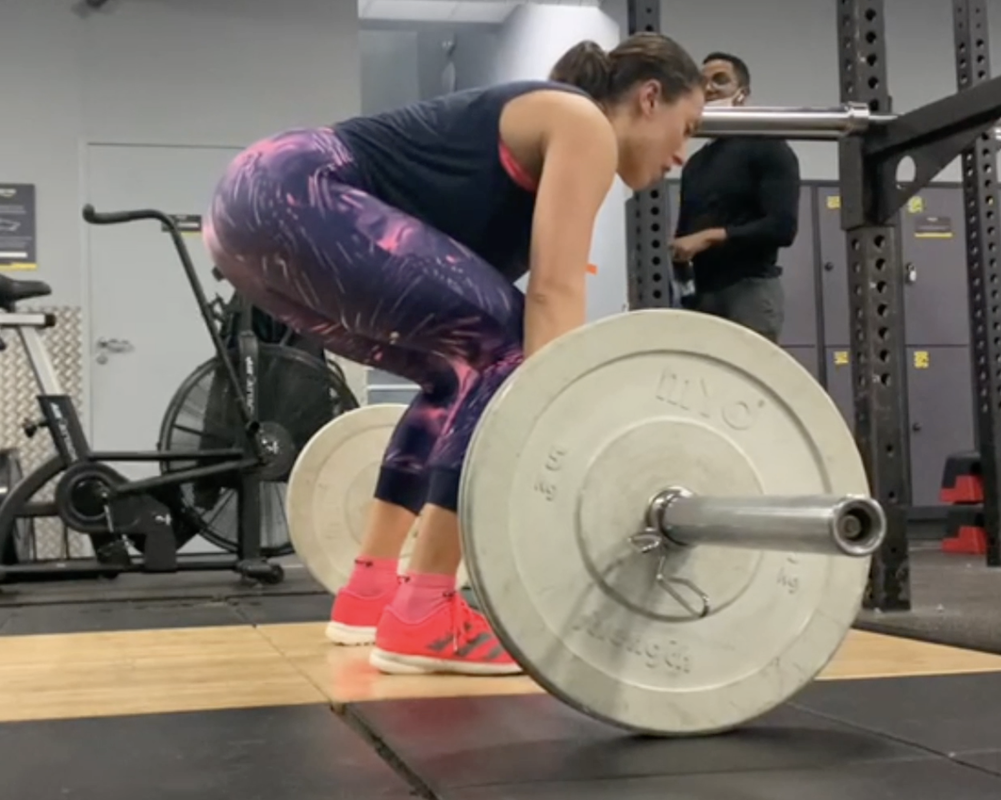|
I often get questions and queries submitted to me via my YouTube channel. There are always many when it comes to weight training’s benefits for sports performance. One in particular piqued my interest as it “suggested” that Arnold Schwarzenegger would have run 9.4 for the 100m! Here’s a little more detail and the question and thoughts posed by Randuuum – a channel member. “Running and jumping are nearly entirely neurological and infinitely involve more reflex and coordination than muscle. If muscle created downward force, then Arnold Schwarzenegger would be a 9.4 100m runner and 35-foot long jumper!” So, you can begin to understand what the compromises might be with weight training for sports performance. I had a chat back and forth in the comments section with Randuuum, and as said we agreed on quite a lot. Weight training may not target the most powerful of fast twitch muscle fibres Weight training due to the speed of lift in particular tends to target type 2a intermediate fast twitch fibres. These are not the most power producing of fast twitch muscle fibres – type 2bs are. Indeed, studies indicate power lifters have more of these than 2b fibre types. Neural Adaptation – perhaps the dominant benefit There is a secondary contribution of lifting heavy weights fast to sprint and jump performance and it indeed may well be the dominant one i.e. the more important for when considering the benefits of weight training for sprints and jumps and this is neural adaptation/stimulation. Basically, lifting heavier weights may allow for the athlete to recruit greater numbers of fast twitch muscle fibres (paradoxically including type 2bs) and because of this create a neural system that can do so when sprinting or jumping. The larger the fast twitch motor units and fibres that are recruited by neural energy the more power potential that will be on offer to be sued by the athlete. So, it could be argued that it’s neural transference as opposed to muscular adaptation that’s key to enhancing sprint and jump performance through the use of weights – however, as usual there’s more to it. In the video that goes with this article I try to add clarity to this neural element by looking at modern cars and how to get the most from the engine there’s a lot of computer and electrical energy required … so, for engine read muscles and for electrical and computer energy read brain and neural system for the sprinter/jumper. So, being highly charged neurally i.e. in the zone seems to be crucial when it comes to maximising transference and adaptation from weights. You’ve got to do the right weight training You’ve got to select more than just concentric (muscular shortening) exercises. I utilise triphasic training – which also includes eccentric and isometric exercises (muscular lengthening and no-movement actions) and complex the weights exercises often with plyos and other jump exercises in the same workout. This is seen to further enhance fast twitch muscle fibre and motor unit recruitment. Make sure your training programme focusses on transference… This means that what you do in the weights room (which in itself must be specific and targeted to what will really improve jumping and sprinting) must be part of a training plan that integrates all aspects of training toward that goal of, for example, improving jump performance. To do this I use undulating periodisation and don’t favour traditional linear periodisation means. As I say in the associated video: “You don’t want to get a mismatch between those training modalities.” The value of eccentric and isometric “power” can be exemplified by using the long jump as a prime example of where this braking absorbent before energy return muscular power is needed in abundance. Much research indicates that for the long jump take-off that eccentric power is key. You only need so much maximal strength Much contemporary coaching thought has it that you only need a certain albeit high level of basic (concentric) strength. Once this level is attained then it’s argued that going beyond this will have limited if any further benefit to enhancement of performance. It’s at this stage in particular where optimising eccentric and isometric power could really pay dividends. Eccentric muscular actions target fast twitch muscle fibre Research indicates that eccentric actions can target greater numbers of fast twitch muscle fibres and this in itself may be another further benefit of eccentric training. Adaptation and time spent training a particular way… The body needs time to adapt to a training stimulus - although perhaps not as much as may have been previously suggested. Doing the same type of training constantly will at the least slow adaptation and at worse create the wrong type of adaptation. Adaptation that is actually contrary to what you may desire. So, a long block of concentric emphasis weight training without a carefully constructed training programme nor the introduction of other muscular adaptation training and concerted speed work may result in poor/stunted training adaptation as far as a long jumper is concerned, for example. Compromising muscular adaptation – rest and recovery The other crucial factor when it comes to deriving positive and optimal transference from your training (whether weights or anything else) is rest and recovery. You need to ensure that you provide both mind and muscle with enough time to adapt physically and neurally to all training stimuli. There’s a growing debate in coaching and sports science circles about how the body adapts to training. The older GAS method of Hans Selye may if not discredited be seen to not apply to sports specific adaptation. More on that in another video/article. This article accompany a video that will be on my YouTube channel shortly (13th March 2021)
0 Comments
Your comment will be posted after it is approved.
Leave a Reply. |
Categories
All
Click to set custom HTML
|
Proudly powered by Weebly


 RSS Feed
RSS Feed
